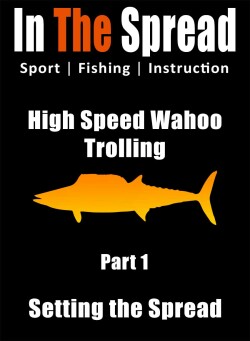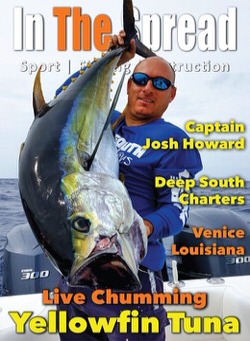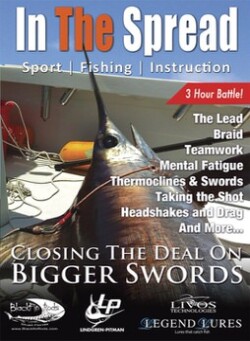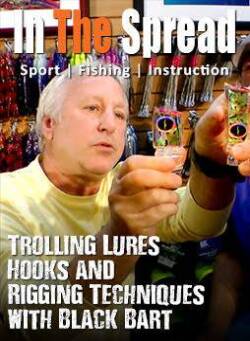Unearth the secrets of slow trolling for wahoo with Capt. Mike Dupree. From gear intricacies to bait preferences, dive into the art and science of capturing this elusive predator, all while maximizing your sport fishing experience.
Wahoo Fishing – Slow Trolling with Mike Dupree
(01:59:21)
Watch Full Video
View Short Trailer
Instructor:
Mike Dupree
Description
/
Review
/
Instructor
Video Summary:
- Tactics and Techniques: North Carolina Captain Mike Dupree’s expertise on slow trolling wahoo.
- Satellite Data: Using satellite data to isolate productive areas.
- Trolling Dynamics: Get insights on trolling patterns, water temperature, and tide effects.
- Focus on Tackle and Bait: Detailed breakdown of rods, reels, line, leaders and must have equipment
- Using Planers: The role of trolling planers and bridling techniques.
- Bait and Lures: Discover the importance and techniques of using ballyhoo for wahoo fishing.
Login
to leave a review.
User Reviews
Christian Britt
10.11.2024
0
In The Spread
10.24.2024
Jeff Smith
01.31.2024
1
In The Spread
02.28.2024
Mike Dupree
Captain Mike Dupree, a premier angler and filmmaker, is known for his passion for fishing and sharing his experiences with the X-Rayted Fishing Team. He combines his love for the outdoors with authenticity and adventure, capturing moments on camera to immortalize them. Slick's dedication to honesty and transparency makes him a respected figure in the local fishing community.
Read moreVideos
We Recommend
0




